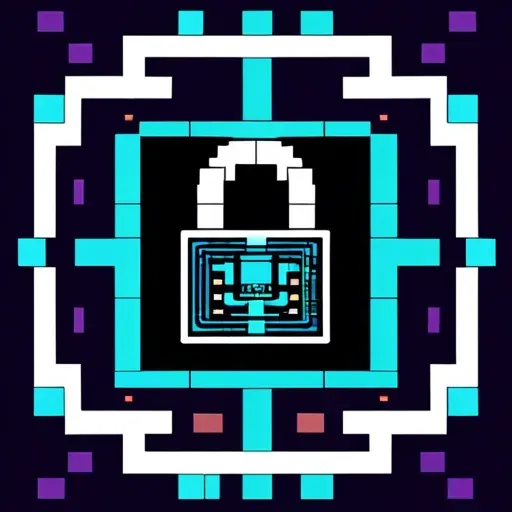
Roman'kov Introduces Novel RSA-like Cryptosystem for Security
/ 3 min read
Quick take - Roman’kov’s RSA-like cryptosystem, introduced in 2015, presents a novel public key cryptography approach that utilizes a unique key equation and incorporates lattice-based methods to enhance security against factorization and small private key attacks, making it a robust alternative to traditional RSA in safeguarding sensitive information.
Fast Facts
- Roman’kov’s RSA-like cryptosystem, introduced in 2015, features a unique key equation ( ed - kr = 1 ) and is designed to resist factorization attacks on ( N ), the product of two primes ( p ) and ( q ).
- The public key includes parameters ( pk = (N, e, u, v, M, H) ), while the secret key consists of ( sk = (p, q, r, t, d) ), with encryption and decryption processes defined by specific modular equations.
- The cryptosystem employs lattice-based methods for cryptanalysis, demonstrating resilience against attacks, including small private key attacks and well-known methods like Wiener’s and Boneh-Durfee’s.
- It enhances security by addressing vulnerabilities in traditional RSA structures and incorporates a randomized encryption approach to complicate potential exploitation.
- Roman’kov’s cryptosystem is significant for post-quantum security discussions, providing robust defenses against evolving threats and advanced computational resources.
Roman’kov’s RSA-like Cryptosystem
Roman’kov’s RSA-like cryptosystem, introduced in 2015, offers a novel approach to public key cryptography. It features a unique key equation defined as ( ed - kr = 1 ), where ( r ) is a large prime dividing ( (p-1) ). This cryptosystem is designed to resist attacks based on the factorization of ( N ), which is the product of two primes, ( p ) and ( q ), generated during the cryptosystem’s setup.
Key Components
The public key consists of ( pk = (N, e, u, v, M, H) ). The secret key includes ( sk = (p, q, r, t, d) ), with ( d ) defined as ( td_1 ). Encryption is executed by selecting a hash ( h \in H ), and the ciphertext ( c ) is computed using the equation ( c \equiv (h^m)^e \mod N ). Decryption is performed by calculating ( m \equiv c^d \mod N .
Security Analysis
The cryptosystem incorporates lattice-based methods in cryptanalysis. Key theorems such as Howgrave-Graham’s Theorem and the LLL Algorithm play significant roles in its security analysis. Research indicates that small private key attacks are ineffective against this cryptosystem, as these attacks cannot factor ( N ) or recover ( r ) using the cryptosystem’s parameters. Proofs leverage bounds and solvability conditions to substantiate these findings, demonstrating resilience against lattice-based attacks, rendering the factorization of ( N ) infeasible and making the recovery of the secret key ( r ) unviable.
Roman’kov’s cryptosystem provides a robust alternative to traditional RSA, addressing vulnerabilities inherent in the classical RSA key structure. The use of a randomized encryption approach adds complexity, further complicating potential exploitation by attackers. Insights from this research contribute significantly to post-quantum security discussions, focusing on the limitations of lattice attacks.
Relevance in Modern Security
The cryptosystem is pivotal in safeguarding the confidentiality and integrity of sensitive information, especially in environments where traditional RSA may be compromised. It offers specific defenses against well-known attacks, including Wiener’s and Boneh-Durfee’s methods. The structured key equations may enhance key management processes and mitigate risks associated with key compromise.
Roman’kov’s cryptosystem is of great relevance in today’s evolving threat landscape, as adversaries gain access to advanced computational resources. This highlights the need for innovative cryptographic solutions that address contemporary security challenges.
Original Source: Read the Full Article Here


